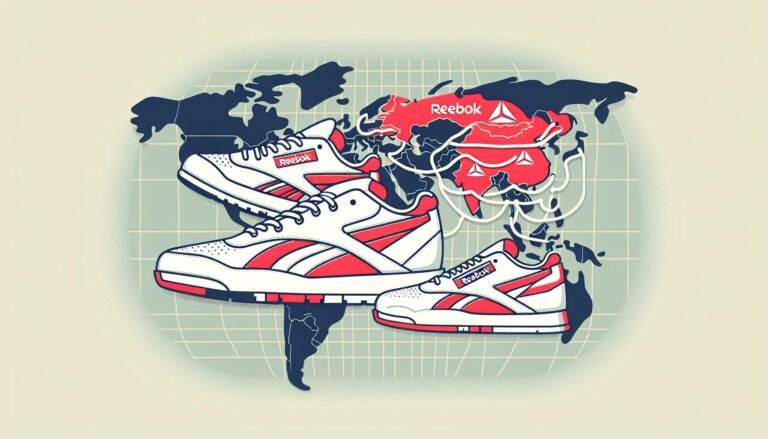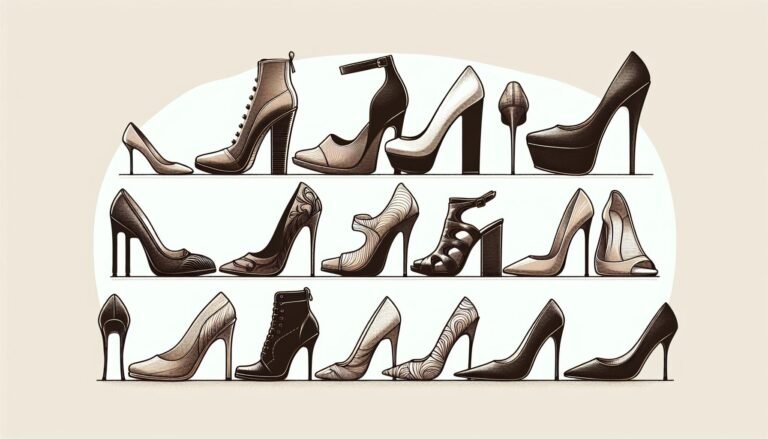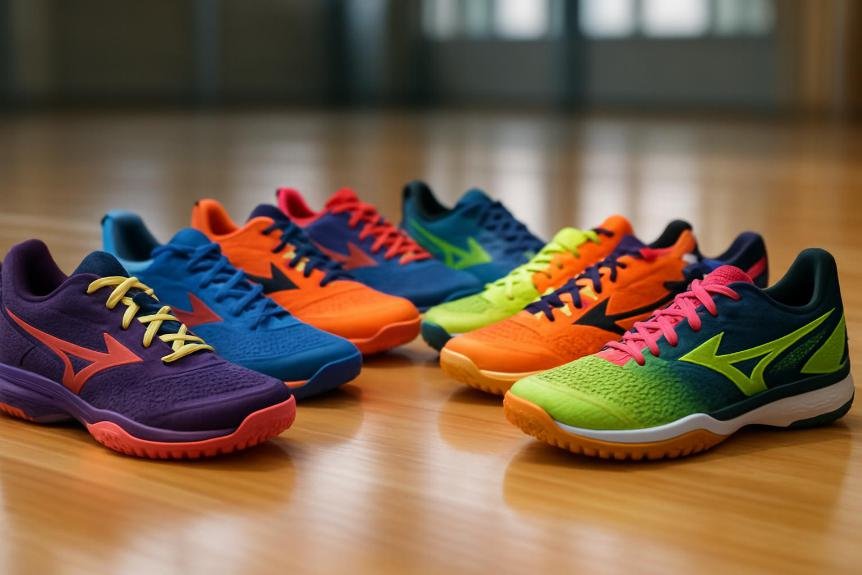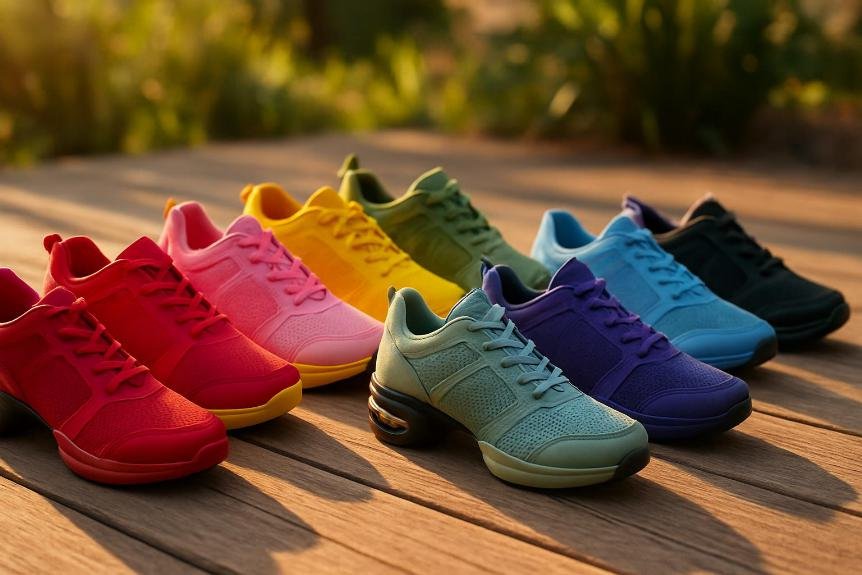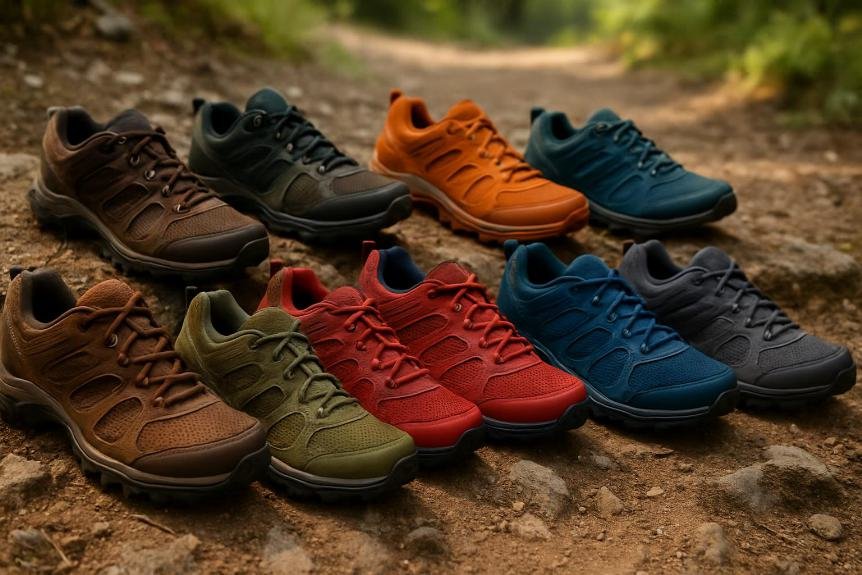Slippers or House Shoes?
Ever wondered why we can’t seem to agree on what to call those comfy shoes we wear around the house? I’ve always been fascinated by the little differences in our daily language that reveal so much about where we’re from and who we are. Whether you’re team slippers or firmly on the house shoes side, there’s no denying that this debate touches on something deeply personal and surprisingly universal.
Growing up, I called them slippers, a term that conjured images of cozy evenings and lazy Sunday mornings. But as I’ve met people from different places, I’ve heard them referred to as house shoes, creating a bit of a linguistic puzzle. It’s intriguing how something as simple as what we call our indoor footwear can spark such interesting conversations about identity, culture, and comfort. Let’s dive into this cozy controversy and see if we can’t find some common ground—or at least understand why we choose the words we do.
Origins of the Terminology

When I first embarked on this cozy controversy, I was curious about where the terms “slippers” and “house shoes” originally came from. It turns out, the history behind these words is as layered as the debate itself.
The term “slippers” can be traced back to the 12th century, derived from the Old English verb ‘slippan,’ which means to slip, suggesting footwear that is easily slipped onto the foot. This term has evolved over centuries, but its core meaning remains unchanged. In contrast, “house shoes” appears to be a more modern term, emerging as people sought a term to describe footwear that serves a specific purpose – to be worn indoors.
Interestingly, the terminology reflects not just functional differences, but cultural ones too. For instance, in some cultures, slippers are an essential part of home life, designed to be worn indoors for comfort and to keep the house clean from outside dirt. In these contexts, slippers are more than just footwear; they’re a part of a larger cultural practice of cleanliness and respect for the home.
On the other hand, “house shoes” often imply a sturdier type of footwear, perhaps more akin to a light shoe than a soft slipper. They might have a harder sole or more support, designed for indoor use but with a nod to the structure and durability of outdoor shoes.
As I delved deeper, it became clear that the choice between “slippers” and “house shoes” isn’t just about semantics. It’s about how we engage with our space, our culture, and our personal comfort. The words we choose to describe our indoor footwear reflect not just a functional preference but a deeper, often unconscious alignment with cultural norms and practices.
Regional Variations in Naming
When we dive into the nuances of the terms “slippers” and “house shoes,” it’s clear that regional preferences play a significant role. I’ve noticed that in some areas, the term “slippers” is universally used, regardless of the footwear’s specific style or purpose. This broad use likely stems from the term’s long history and its early appearance in various cultures. On the other hand, “house shoes” seems to have a more localized usage, often found in regions where differentiation between indoor and light outdoor footwear is emphasized.
For example, in the United States, I’ve observed the term “house shoes” being more prevalent in the Midwest and Southern regions. This could be attributed to a cultural emphasis on household cleanliness and the use of more durable footwear indoors. In contrast, the coasts seem to favor the term “slippers,” possibly due to cultural influences and a more relaxed attitude toward indoor footwear.
Across the pond, the UK largely prefers “slippers,” aligning with the term’s European origins. However, nuances still exist within smaller communities and among different generations, demonstrating the fluidity of language and cultural practices.
To illustrate, here’s a quick breakdown of my observations:
| Region | Preferred Term |
|---|---|
| Midwest US | House Shoes |
| Southern US | House Shoes |
| US Coasts | Slippers |
| United Kingdom | Slippers |
This geographic and cultural diversity showcases how deeply the choice between “slippers” and “house shoes” can be ingrained in our daily lives. Moreover, it’s a fascinating reflection of how language evolves with society, adapting to the values and practices of different communities.
Exploring these regional variations has been an eye-opening journey, uncovering the layers of meaning behind what might seem like a simple choice of words. It’s a vivid reminder of the intricate connections between language, culture, and personal identity.
Cultural Significance of the Terms

Delving deeper into the cultural significance of the terms “slippers” and “house shoes,” it’s fascinating to see how deeply ingrained these preferences are in various societies. Culture plays a pivotal role in shaping our choices, including the language we use to describe everyday items. Growing up, I always heard them referred to as “slippers” in my household, a term that felt as warm and comforting as the footwear itself. This preference wasn’t just arbitrary; it was a reflection of my family’s European background where “slippers” is the go-to term.
In my travels and interactions, I’ve noticed that the choice between “slippers” and “house shoes” often extends beyond mere regional differences—it’s about tradition, values, and sometimes even climate. For instance, in regions with colder climates, the concept of having a solid pair of house shoes to keep your feet warm is not just practical, it’s almost a necessity. On the other hand, in warmer climates or in cultural settings where indoor-outdoor living is more common, the lightweight and easy-to-slip-on nature of “slippers” fits perfectly into daily life.
Furthermore, the terminology can also reflect societal norms and values. In communities where cleanliness and hygiene are heavily emphasized, “house shoes” imply a sturdy, clean boundary between the outside world and the home’s interior. They serve as a barrier, keeping the dirt out and the indoors clean. This distinction can be seen as a symbol of respect for the home and its inhabitants.
In contrast, “slippers” often carry a connotation of comfort, relaxation, and a more laid-back approach to home life. They’re typically softer, more plush, and designed for comfort rather than protection or cleanliness. This distinction speaks volumes about the priorities and lifestyle of the people within these cultural contexts.
The evolution of the terms and their usage across different regions and cultures tells a story of migration, climate adaptation, and the blending of traditions. It’s a testament to how language evolves with society, reflecting the values and priorities of communities worldwide. Through the lens of something as simple as footwear, we gain insights into the intricate tapestry of culture and identity.
Comfort and Identity: The Debate Continues

Diving further into the slippers versus house shoes debate, I’ve discovered it’s not just about footwear—it’s a journey through personal comfort and cultural identity. Personal preference plays a monumental role. Some swear by the soft, enveloping comfort of slippers, claiming nothing else comes close in terms of providing that gentle hug for their feet. Others stand by house shoes, praising their sturdier structure and the way they maintain a neat separation between the cleanliness of home interiors and the grime of the outside world.
Interestingly, the choice between slippers and house shoes can also be a reflection of one’s upbringing and cultural background. For instance, in some cultures, the very act of changing from outdoor shoes to house shoes is a sign of respect towards the home and its inhabitants. This ritual, ingrained from childhood, underscores a deep-rooted value on cleanliness and order. Meanwhile, in other societies where casual comfort tends to be prioritized, slippers reign supreme as a symbol of relaxation and freedom within one’s personal space.
The terms themselves, evolving across regions and cultures, tell tales of migration, climate adaptation, and the blending of traditions. For example, in colder climates, the term ‘slippers’ might evoke images of thick, woolly footwear intended to ward off the chill, while in warmer areas, the same word could bring to mind lighter, more breathable designs.
Through conversations with friends and family, as well as digging into online forums and community discussions, it’s clear this isn’t a debate that’s likely to find resolution any time soon. The choice between slippers and house shoes is deeply personal, tied to myriad factors from practicality to tradition.
In delving into this topic, I’ve uncovered a fascinating patchwork of opinions and preferences, each as valid and interesting as the next. What stands out is the universal agreement on one aspect: the importance of feeling comfortable and at ease in one’s home environment, whether that’s achieved through a pair of plush slippers or structured house shoes.
Ultimately the choice between calling them slippers or house shoes boils down to more than just semantics. It’s about the stories we carry in our steps the comfort we seek in our private spaces and the cultural tapestries we weave in our daily lives. Whether I’m slipping into my cozy slippers or stepping into my sturdy house shoes I’m embracing a tradition that goes beyond mere footwear. It’s a reflection of my personal journey my cultural heritage and my approach to comfort and cleanliness at home. So next time you find yourself pondering over what to call them remember it’s not just about the name. It’s about what they represent in your life and how they make you feel right at home.
Frequently Asked Questions
What’s the difference between slippers and house shoes?
Slippers are usually lightweight, soft, and designed for comfort inside the house, often with a plush or fluffy interior. House shoes are more structured, may have a harder sole, and are designed to be worn at home but can occasionally step outside.
How do personal preferences influence the choice between slippers and house shoes?
Personal preferences for slippers or house shoes often stem from an individual’s upbringing and cultural background, reflecting values like respect for cleanliness with house shoes or a focus on casual comfort with slippers.
Do cultural backgrounds impact the slipper and house shoe debate?
Yes, cultural backgrounds significantly influence the debate. The choice between slippers and house shoes can reflect cultural values, traditions, and even climate adaptations, showcasing how different cultures prioritize home footwear.
Can the choice of home footwear tell stories of migration and tradition blending?
The evolution of slippers and house shoes across different regions and cultures can reveal stories of migration, climate adaptation, and the blending of traditions, illustrating how home footwear choices are intertwined with history.
Why is the debate between slippers and house shoes important?
The debate underscores the importance of comfort and ease at home, showcasing how cultural identity and personal preferences play a significant role in choosing the right home footwear, whether it’s plush slippers or structured house shoes.



